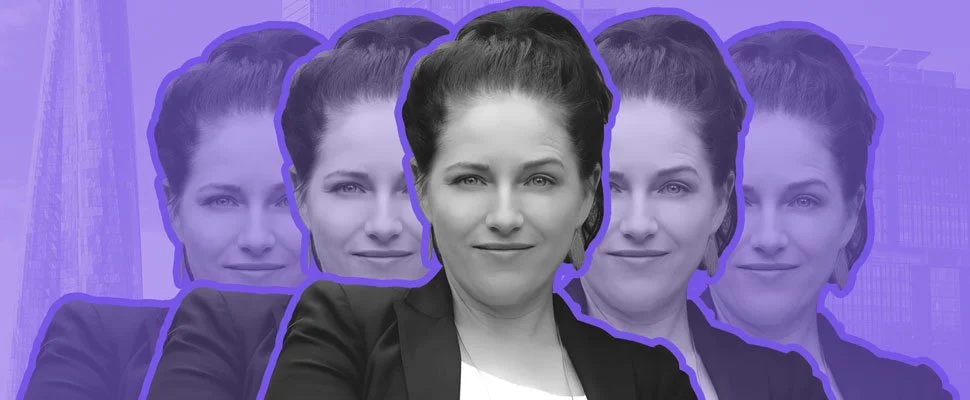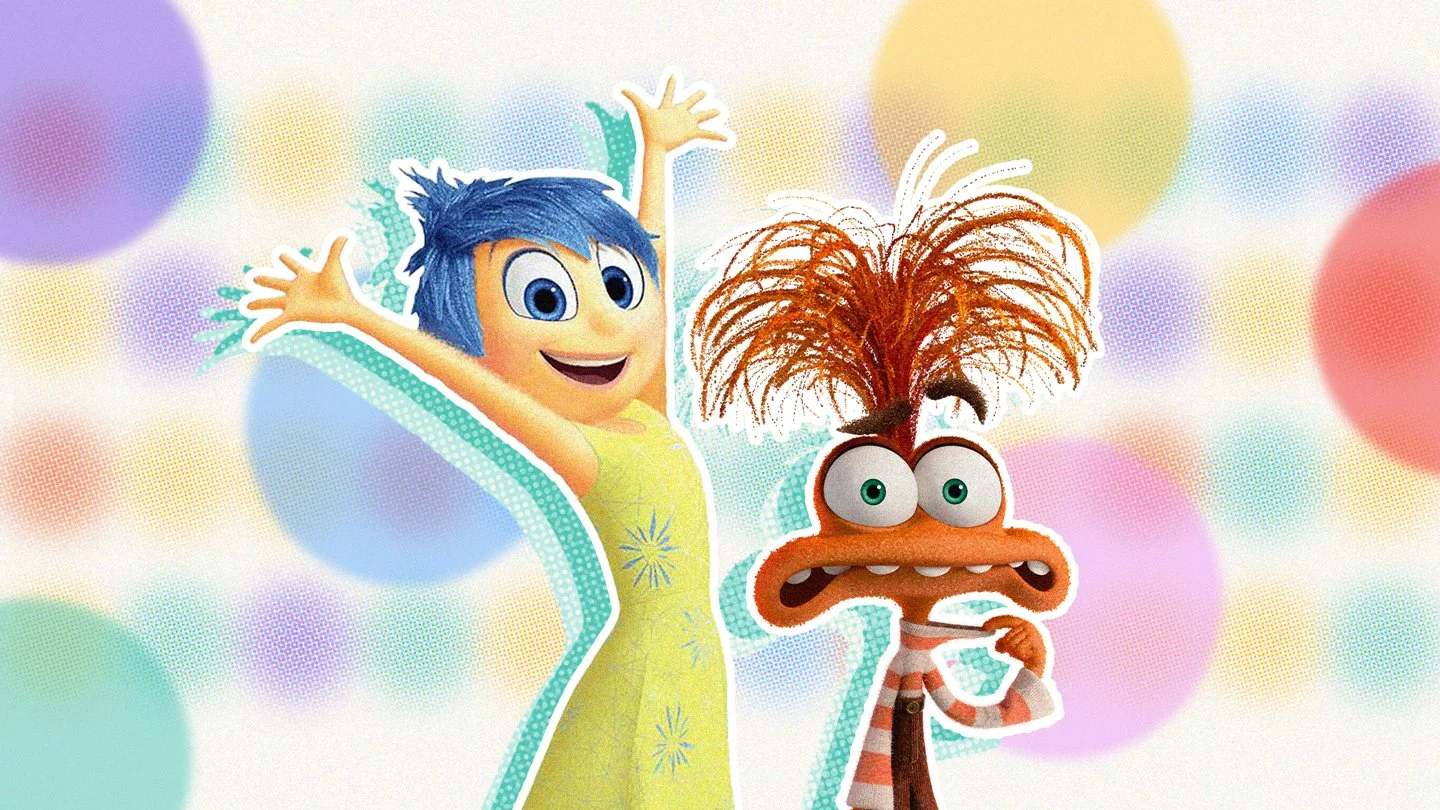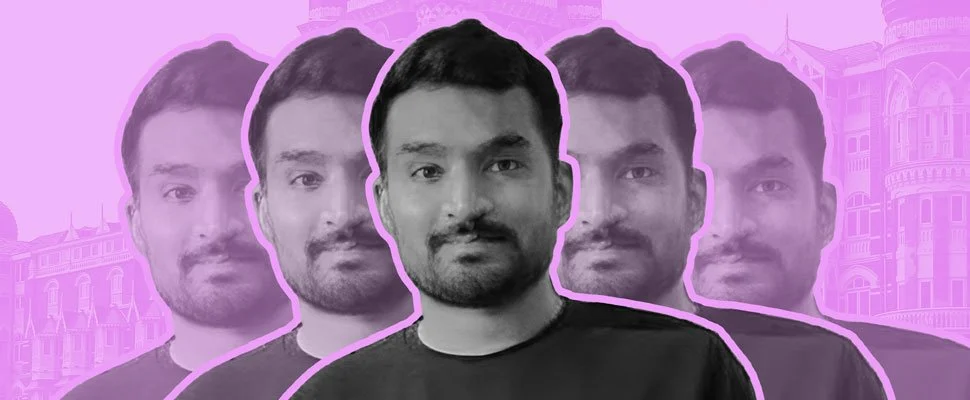Creative thinking: 5 moves to unleash your creativity at work
Creativity is in our DNA. Contrary to popular belief, we’re all born creative – we’re wired to constantly find new and varied solutions to our problems. Remember when you were little, armed with a box of crayons, and your mind would run free on the paper? If you wanted your lion to have seven legs and wings, it did!
So, what happens between then and now?
Our (typically ‘adult’) routines and busyness get in the way, meaning we struggle to get into a creative headspace or think creatively in general. Creativity expert Sir Ken Robinson even argues that schools have a role in killing creativity.
Pablo Picasso said that all children are born artists. The problem is to remain an artist as we grow up.
Your creativity didn’t go anywhere. You just need to wake it up and get it firing again.
It’s worth it, trust us.
Employers value creativity more than ever.
A global survey of businesses by the World Economic Forum in 2023 asked participants about the skills they believed would be most in demand by 2027.
The top three skills looked like this:
Analytical thinking
Creative thinking
Resilience, flexibility and agility.
Businesses surveyed believed demand for creative thinking will grow faster in the next five years (by 73%!) than demand for analytical thinking.
The bottom line?
It’s worth investing some time in flexing your creative muscles and putting them to work.
How to unleash your inner creative.
So how do you start thinking more creatively?
You need to train your creative muscles. Here are five ways to get started:
1. Summon your creative courage
It can take courage to be creative at work. To be that person who comes up with an idea that's ‘out there’.
Researchers at the Yale Centre for Emotional Intelligence found that we’re more likely to have the courage to share original, creative ideas when we receive implicit and explicit messages of support.
Unfortunately however, we’re often caught up in how our ideas will be received, and whether they might come with negative social consequences.
But when you feel psychologically safe, comfortable and respected, you’re more likely to voice your opinions and share your ideas.
That doesn’t mean sharing your ideas won’t make you feel vulnerable – it will. But remember what Brené Brown says in the Call to Courage:
"No vulnerability, no creativity. No tolerance for failure, no innovation. It’s that simple. If you're not willing to fail, you can't innovate. If you're not willing to build a vulnerable culture, you can't create."
2. Be positive
Positivity is scientifically proven to ignite creativity. When we’re in a good mood, we feel safe and secure, which means we’re more willing to take risks. This is important because new ideas generate problems or can even flat-out fail. When you’re in a good mood, you can bounce back from these failures and keep going.
3. Keep an open mind
To be a creative thinker, you must assume nothing and keep your mind open to possibilities. Assumptions are the enemy of creativity. If you think you already know the answer, you won't be creative in your approach to problem-solving.
Here are two ways to keep an open mind:
Shift your mindset to “Yes, but” to “Yes, and” thinking. Use it in brainstorming sessions, and it will lead to collaborative ideas.
Foster a “What if?” outlook. This way, you remain open and curious. When you feel like you’ve hit a dead end, ask, "What if?" and see your ideas blossom.
4. Think inside the box
“Think outside the box” is how the saying goes, but actually, the opposite can spark creativity.
Imposing constraints on your thinking can result in better and faster ideas and innovation. Jazz great Charles Mingus explained: “You can’t improvise on nothing, man; you’ve gotta improvise on something.”
In his book The Houdini Solution, award-winning director Ernie Schenck invites us to think inside the box:
“The biggest secret of productive creative people is that they embrace obstacles, they don’t run from them. In their minds every setback is an opportunity, every limitation is a chance. Where others see a wall, they see a doorway.”
5. Have lots of ideas
“The best way to have good ideas is to have lots of ideas…and then throw the bad ones away.”
Linus Pauling, Nobel Prize in Chemistry winner, had a valid point. So, how do you come up with lots of ideas?
Try these tricks:
Journal by hand: Studies have proven that the motion of your hand moving over paper ignites your creativity. Write anything. Doodle. Scribble. There are no mistakes on a blank page. Write questions about your problems, and then freely write some answers. You will be amazed at what appears.
Read books outside your comfort zone: Choose authors and genres that challenge your perspective and push you to think in new ways instead of just reinforcing what you already know.
Take a nap: Yes, really! A new study has discovered that a state of consciousness between awake and asleep could be where you tap into your Eureka moment. Inventors Thomas Edison and Salvador Dali would take naps while holding an object in their hand. The object would fall and make noise as their muscles relaxed into sleep, waking them up in time to write down the incredible ideas in this pre-sleep period. If it’s good enough for them… zzzzz.
Over to you
Now you have some creative exercises to try, put them to work and watch your creative thinking flourish!
Want to learn more about thinking creatively? Download Hodie and get started today.









